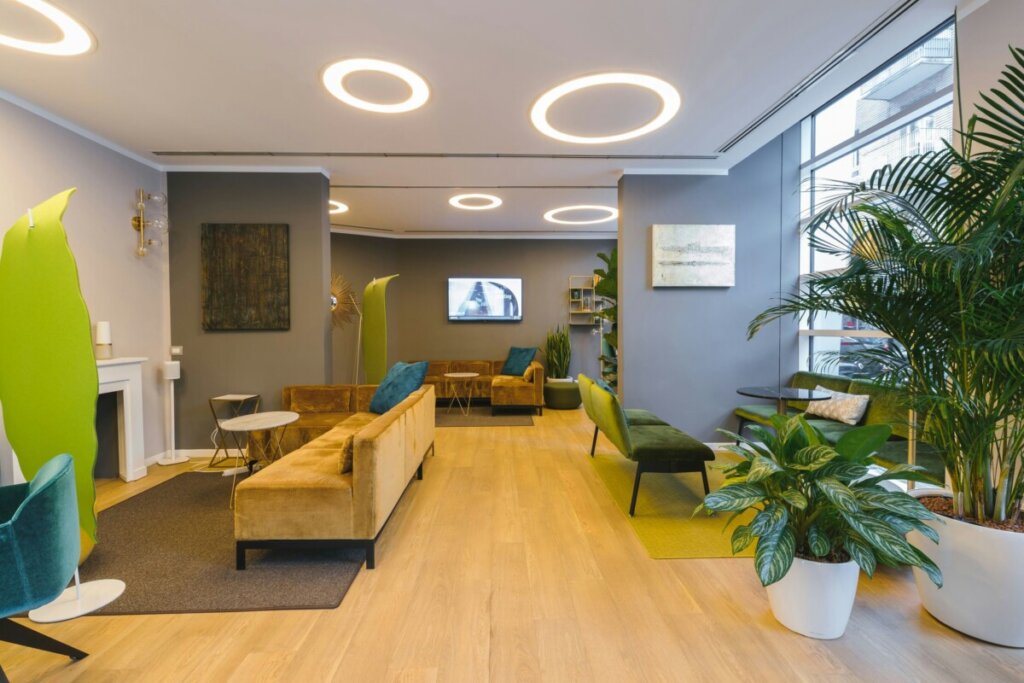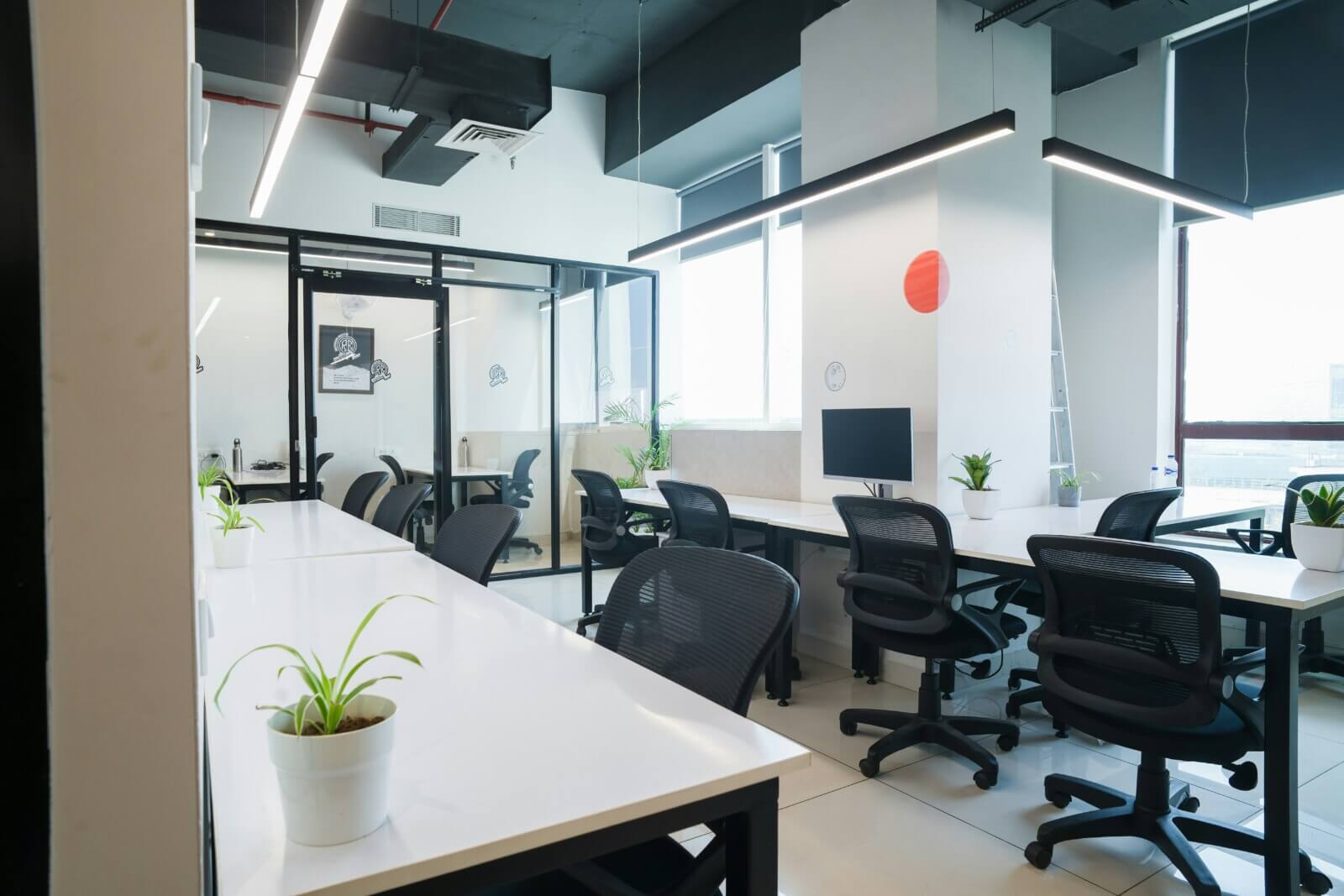What is the Difference Between Fit Out and Refurbishment?

When it comes to upgrading your commercial space, the terms fit out and refurbishment are often used interchangeably but they mean very different things. Understanding the distinction between a commercial fit out and a commercial refurbishment is essential for making informed decisions that align with your budget, timeline, and long-term business goals.
In this guide, we’ll walk through what each process involves, when you might need one over the other, and how to choose the right path for your space.
Fit Out vs. Refurbishment – Key Differences
| Aspect | Commercial Fit Out | Commercial Refurbishment |
| Purpose | Making a space usable from shell | Updating an existing usable space |
| Starting Point | Often empty or shell space | Existing operational space |
| Scope | Full interior build (Cat A/B) | Layout tweaks, cosmetic or systems upgrade |
| Ideal For | New leases, empty units | Occupied spaces, older buildings |
| Timeframe | Typically longer | Depends on scale (can be phased) |
Why This Distinction Matters
Choosing the wrong approach can cost you time, money, and operational disruption. Knowing whether your workspace needs a complete fit out or a strategic refurbishment allows you to plan efficiently, get accurate quotes, and meet compliance standards with confidence.
Whether you’re moving into a new space or upgrading an existing one, understanding these processes helps you take control of your commercial property decisions.
What Is a Commercial Fit Out?
A commercial fitout involves transforming an empty or shell space into a fully functional working environment. It includes everything needed to make the interior usable – mechanical systems, flooring, partitions, lighting, furnishings, and more. Fit outs are especially common when moving into newly constructed buildings or undeveloped office units.
Types of Fit Outs
- Shell and Core: The base building structure is complete, but the interior remains unfinished.
- Category A Fit Out: Includes basic finishes like suspended ceilings, lighting, air conditioning, and raised flooring. Suitable for landlords handing over to tenants.
- Category B Fit Out: Adds the final layers, partitioning, meeting rooms, kitchen areas, branding elements, and furniture tailored to the occupant’s needs.
Tip: A Category A fit out provides a blank canvas. A Category B makes it your own.
Read More: Cat A vs. Cat B vs. Cat C Fitouts
When Is a Fit Out the Right Choice?
- Moving into a new development or empty unit.
- Leasing a space that only has the basic structure.
- Designing your workplace layout from scratch.
- Aligning the environment with your company brand and culture.
Explore: Commercial Fit Out Service
What Is a Commercial Refurbishment?
A commercial refurbishment refers to improving, updating, or reconfiguring an existing interior. Unlike a fit out, refurbishment works within an already-occupied or previously used space, focusing on upgrading the function, look, or compliance of a workplace.
It’s often used to enhance aesthetics, improve energy efficiency, or better reflect evolving business needs.
Common Types of Refurbishments
- Cosmetic Upgrades: New paintwork, lighting, floor finishes, and furnishings.
- Structural Improvements: Adjusting layout for better flow or privacy; updating ceilings and partitions.
- Sustainability Retrofits: Upgrading to energy-efficient HVAC, LED lighting, and smart office tech.
When Is Refurbishment the Right Choice?
- The current layout works, but the design is outdated.
- The space needs better functionality or staff comfort.
- Your business is rebranding or undergoing operational changes.
- You want to avoid the cost and disruption of relocation.
Explore: Commercial Refurbishment Service
How to Choose Between Fit Out and Refurbishment
Choosing the right option depends on a few key factors. Here’s how to decide what fits your current situation best:
1. Assess Your Starting Point
- Are you working with an empty shell?
- Are you already in an operational space?
2. Evaluate Your Goals
- Do you need to create a layout from scratch or reflect your brand?
- Want to improve comfort, style, or function in an existing office?
3. Consider Budget & Time Constraints
- Fit outs usually require a bigger investment and longer timeline.
- Refurbishments can be staged, helping spread costs and minimize downtime.
4. Can Fit Out and Refurbishment Work Together?
- Yes, and often they do.
- A growing business may fit out a new space and then refurbish it later to reflect brand changes, improve energy efficiency, or accommodate expansion.
- Phased plans are increasingly popular, allowing companies to adapt to their workplace without major disruption.
Final Thoughts
Both commercial fit outs and commercial refurbishments play vital roles in creating effective workspaces. While a fit out builds from the ground up, refurbishment refines what already exists.
Understanding the difference helps you:
- Set the right budget
- Minimize disruption
- Achieve a workplace aligned with your operational needs
Whether you’re starting fresh or refreshing your current space, a tailored approach ensures you make the most of your investment.
Frequently Asked Questions
Can I stay open during a refurbishment?
Yes. Many refurbishments are carried out in stages to minimize disruption. Scheduling work outside office hours is also a common solution.
Is a fit out more expensive than a refurbishment?
Generally, yes. Fit outs involve a complete interior build from scratch. However, costs vary depending on scope, materials, and timelines.
What regulations apply to commercial fit outs?
Fit outs must meet building codes, fire safety regulations, accessibility standards, and possibly landlord-specific requirements. A fit out contractor usually handles this compliance.
How long does a typical office refurbishment take?
Timeframes vary, but cosmetic refurbishments can take 2–4 weeks. More extensive updates may take 1–3 months, depending on scope and phasing.
Related Read: How Long Does an Office Fit Out Take
Can I mix fit out and refurbishment in a phased plan?
Yes. It’s common to carry out a fit out initially and plan future refurbishments as the business evolves, especially for long-term leases or growing teams.
